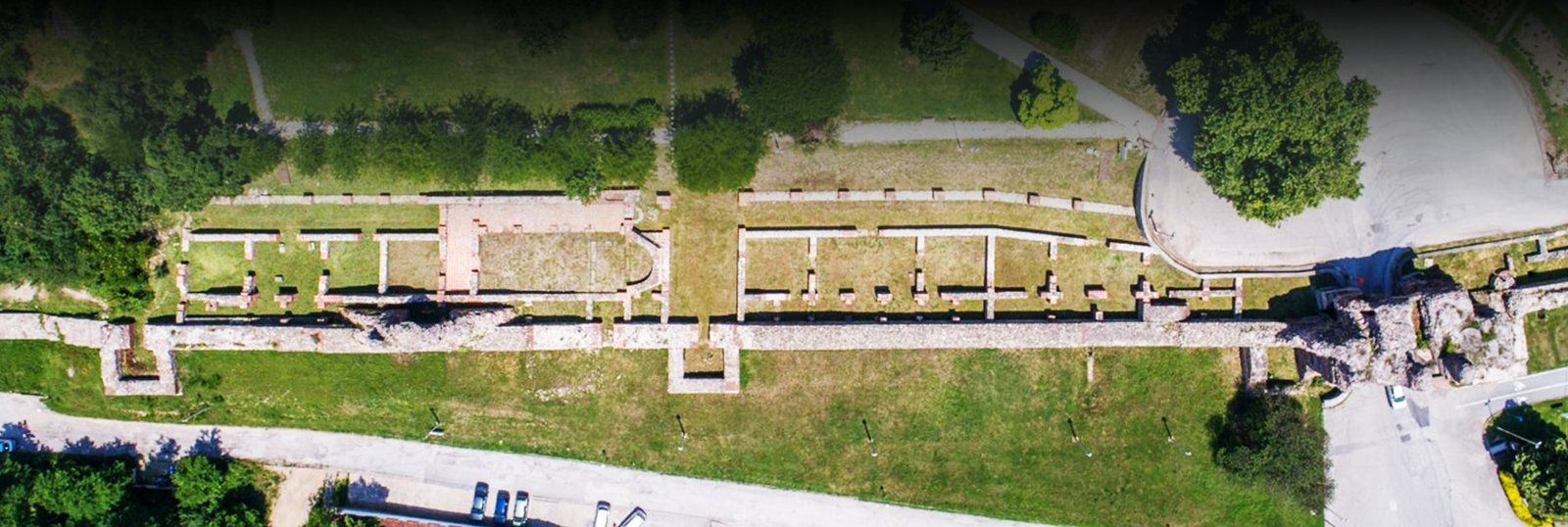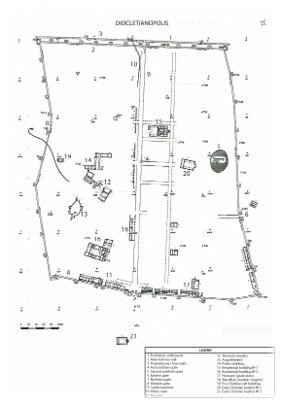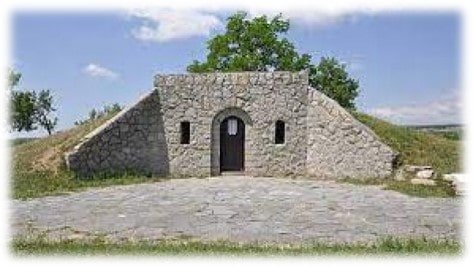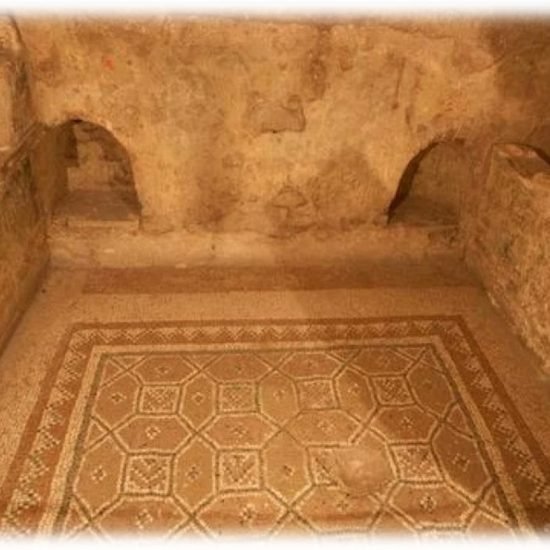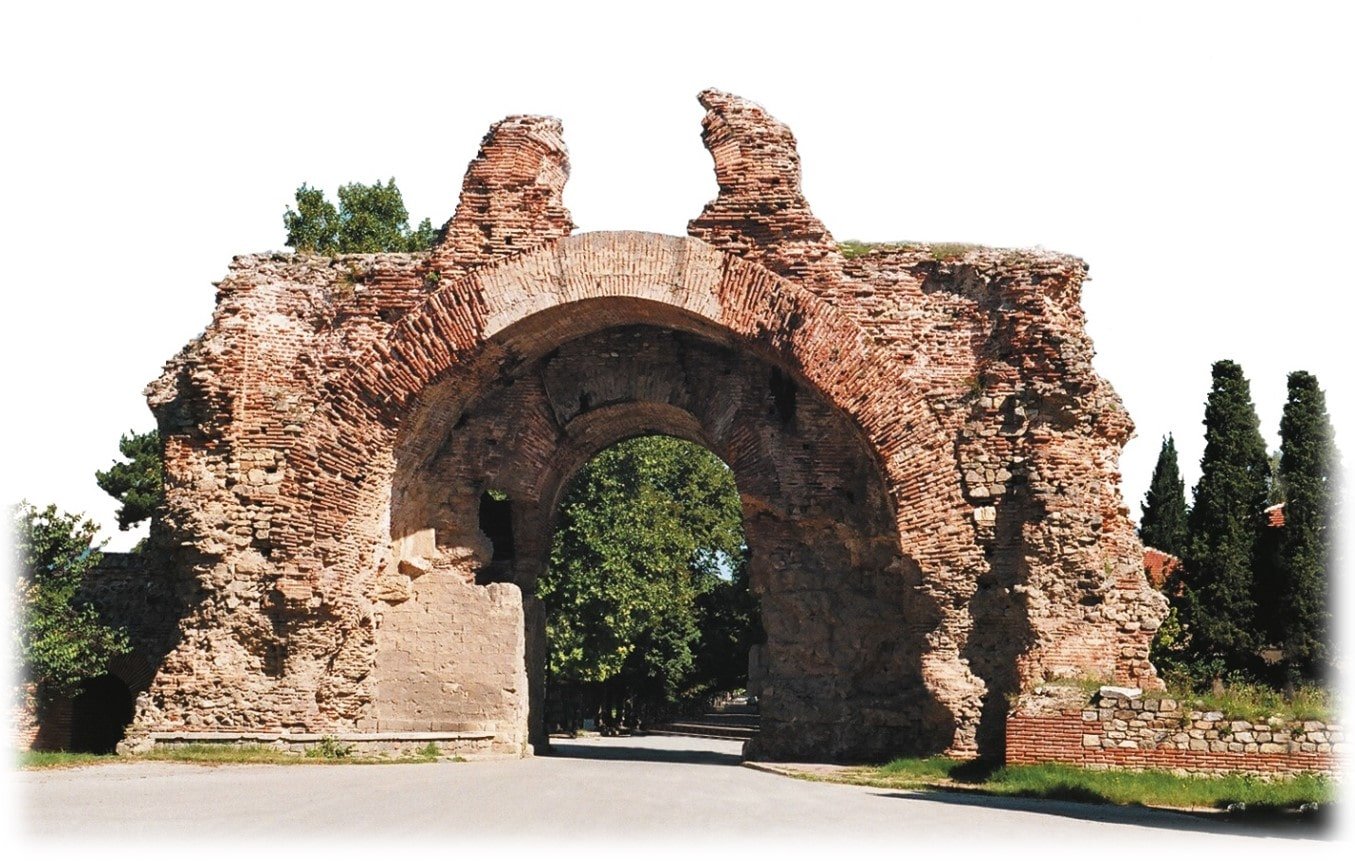Diocletianopolis
per person
Hisarya is a small but very famous town in southern Bulgaria, 42 km north of Plovdiv. It is located on a sunny plain, a transition from the southern slopes of Sredna Gora to the Thracian Valley, at an altitude of 346 m above sea level. Its climate is transitional-continental, with mild winters. Its greatest wealth are the 22 mineral healing springs of different qualities and temperatures, and the water of all of them is of a very pleasant taste.
The favorable climatic conditions and mineral springs suggest a thousand-year long history. On the territory of today’s town, traces of a Neolithic settlement were revealed, as well as of a Thracian one, which came within the scope of the Odrysian Kingdom. After the establishment of the Roman province of Thrace in AD 46, a large Roman town arose on the site of these settlements around the mineral springs. Its status of a town was granted by decree of Emperor Diocletian in 293. Its name became most likely Diocletianopolis, although it is mentioned in the chronicles as Augusta as well. Data from a Latin inscription found in Hisarya testify that in 135–136, in the days of Emperor Hadrian, the area around the mineral springs was declared an Imperial domain (Augustae) with its own borders. It was of a special status and subjected to the emperor personally.
The first fortress was built during the Roman Age. What we see today, however, is mostly from the Byzantine Age, 5th – 6th century. At this time, the Roman town of Diocletianopolis reached its zenith. Hierocles in his Synecdemus (528) records that Diocletianopolis was then the third largest town in the province of Thrace after Philippopolis (Plovdiv) and Beroe (Stara Zagora). Notitiae Episcopatuum from the 7th – 10th centuries, which reflect an earlier period in the history of the Empire, indicate Diocletianopolis as one of the primary episcopal seats subordinated to the Metropolitan of Philippopolis.
FORMAL ANALYSIS
In the late 4th – 6th century, remarkable church construction developed in the city. So far, 10 early Christian basilicas have been revealed and studied within Diocletianopolis and in its vicinity beyond the fortress walls, as three of them are on display and available to visit.
In the early Christian basilicas in Hisarya, the overall development of the Early Christian ecclesiastical architecture from the period has been combined and can be observed. Solomon, vicar of the province of Thrace, who ruled during the time of Emperor Mauritius (582-602), not only stayed there, but was also buried in one of the town necropolises.
A late Roman family tomb was also studied – a rare example of its kind. It dates back to the second half of the 4th century. The tomb consists of a vaulted staircase corridor that leads to a rectangular burial chamber 7 m underground. Niches have been shaped in each of the burial chamber walls, as well as 2 burial beds on the floor. The tomb is decorated with wall paintings composed of floral patterns. An exception from other tombs known in Bulgaria is the colourful mosaic with geometric motifs on the floor of the burial chamber.
MITKO MADZAROV AND KATYA MELAMED
- The southern fortress gates © PHOT. MITKO MADZAROV
- DIOCLETIANOPOLIS © PLAN. MITKO MADZAROV
- Late Roman family tomb – the entrance today © PHOT. MITKO MADZAROV
- Late Roman family tomb. Floor mosaic in the burial chamber © PHOT. MITKO MADZAROV
- The southern fortress wall, barracks and a church © PHOT. MITKO MADZAROV
Tour Location
Diocletianopolis
| Other monuments and places to visit | Archaeological Museum – Hisarya; Late Roman family Tomb; Roman Baths |
| Natural Heritage | |
| Historical Recreations | Yes |
| Festivals of Tourist Interest | |
| Fairs | |
| Tourist Office | Yes, in Hisarya - hissar_infotour@abv.bg |
| Specialized Guides | Yes |
| Guided visits | Yes |
| Accommodations | Plenty of spa hotels with mineral water |
| Restaurants | Plenty of |
| Craft | |
| Bibliography | |
| Videos | |
| Website | Visithisarya; tripadvisorhisarya |
| Monument or place to visit | Roman and Byzantine town |
| Style | Remains of ecclesiastical and secular architecture |
| Type | Roman and Byzantine architedture |
| Epoch | (2nd – 3rd) – 4th – 6th century |
| State of conservation | Good |
| Degree of legal protection | National Archaeological Reserve Hisarya |
| Mailing address | none |
| Coordinates GPS | 42°29'59.99" N 24°41'59.99" E |
| Property, dependency | Monument of culture of national significance – Ministry of Culture of Republic of Bulgaria |
| Possibility of visits by the general public or only specialists | General public visits |
| Conservation needs | Yes |
| Visiting hours and conditions | Open air architectural remains – all year-round free access |
| Ticket amount | |
| Research work in progress | |
| Accessibility | Easy |
| Signaling if it is registered on the route | |
| Bibliography | Selected works К. Маджаров. Диоклецианопол. Vol. І, Sofia 1993. E. Honigmdkk. Le Synecdemos d’Hierocles et l’Opuscule geographigue de Georges de Chpre. – Bruxelles, 1939, 635. M. Madzharov. Diocletianopolis. In: Roman cities in Bulgariaq Sofia, 2012, 445 – 454. |
| Videos | |
| Information websites | none |
| Location | Within the territory of Hisarya |


